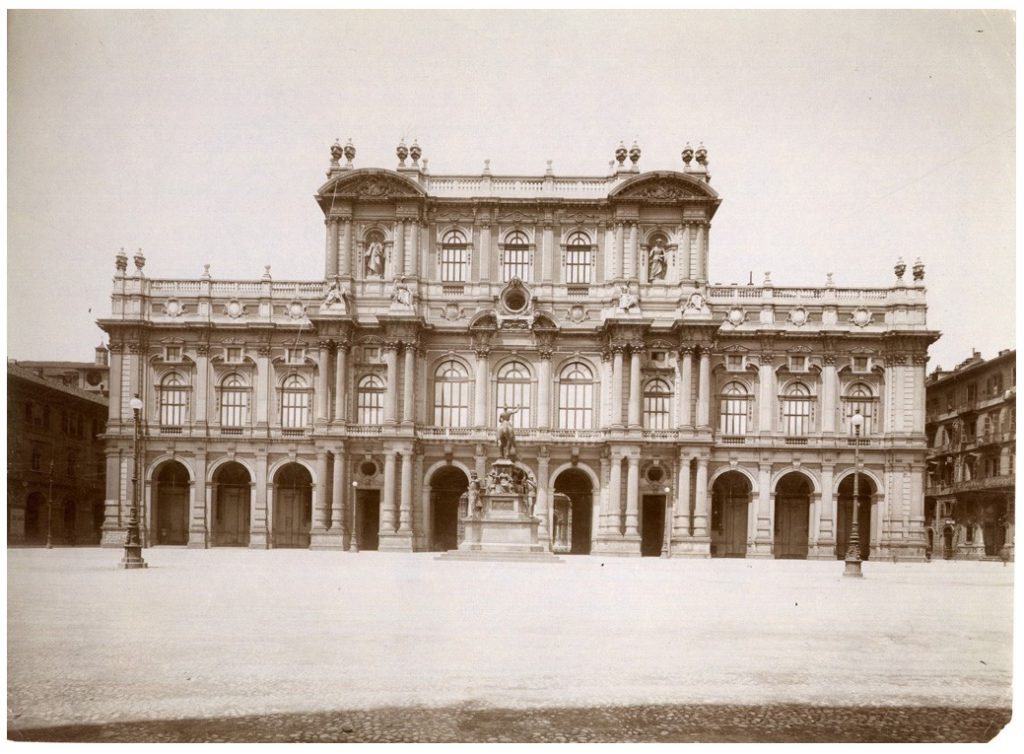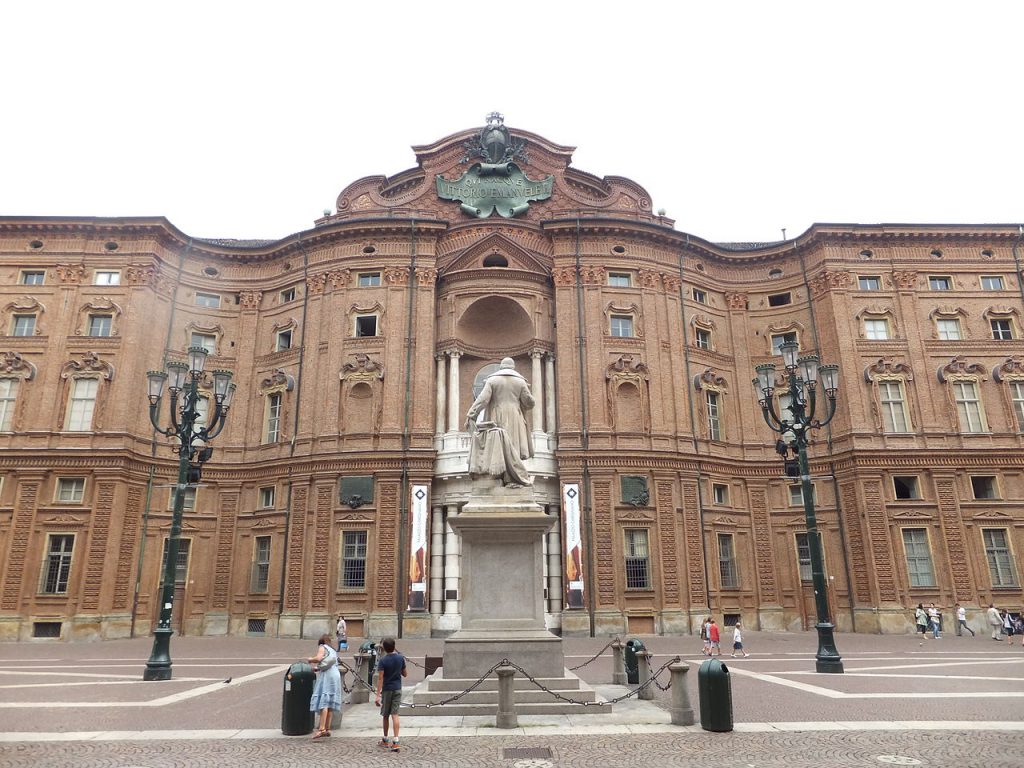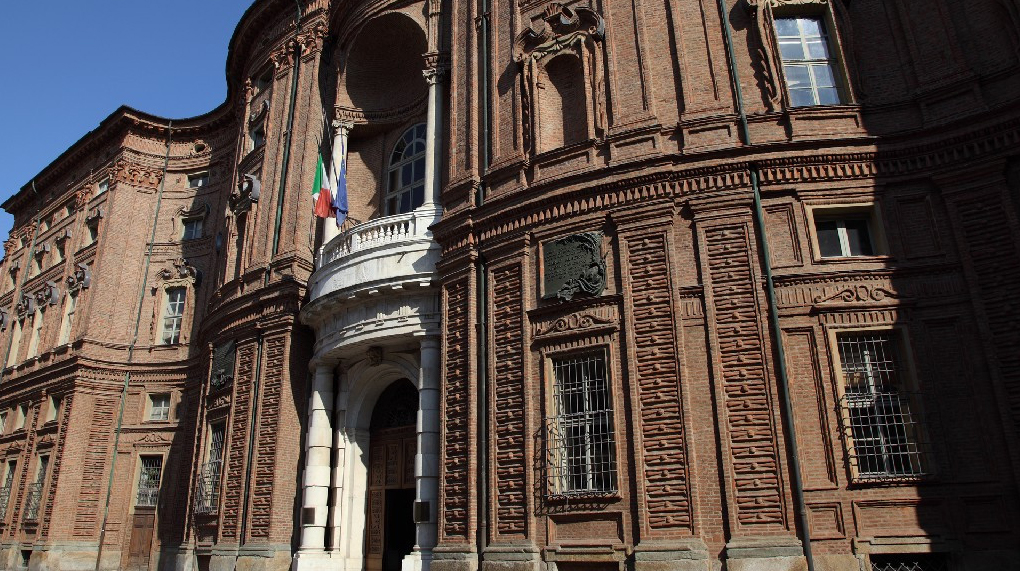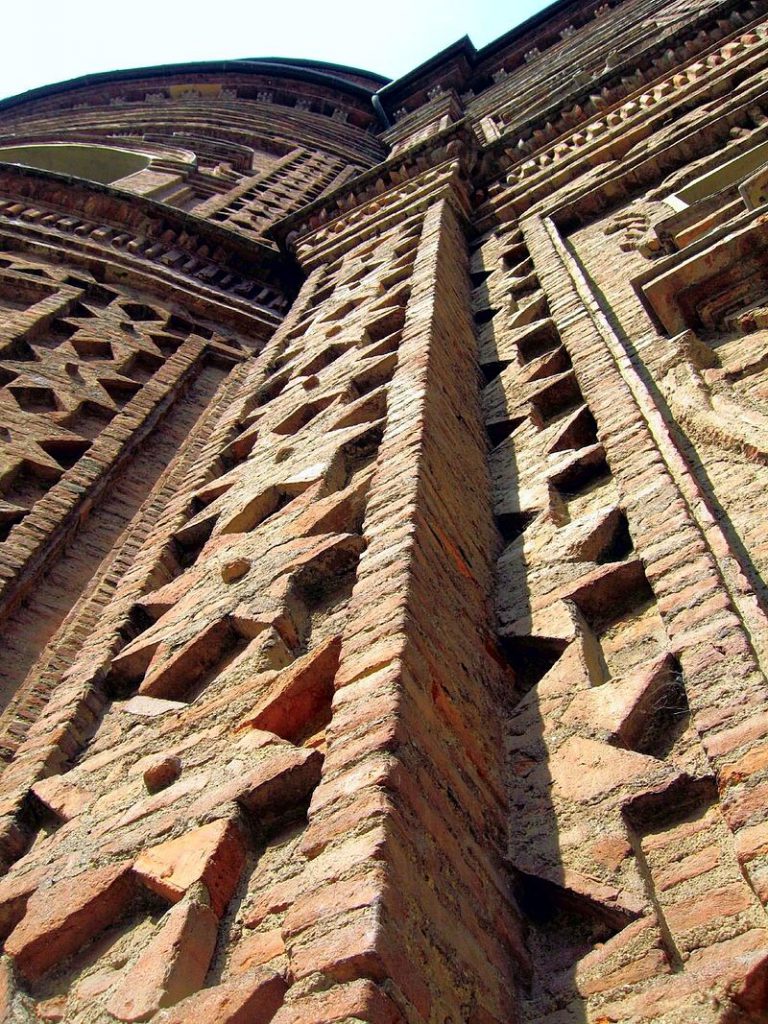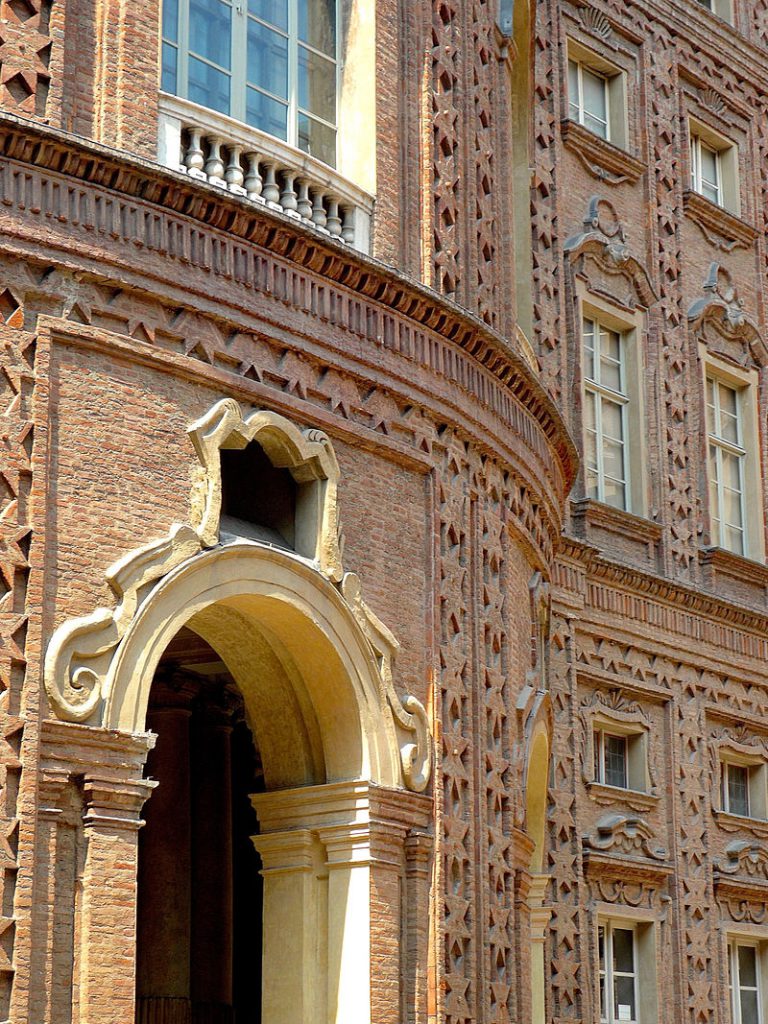Guarini’s most important work was done at Turin, where he lived from 1666 until his death. He was a prepositus or abbot of the Theatine order and, at the same time, an engineer in the service of the Duke of Savoy. It was at Turin that he built his finest churches and palaces. One of the latter, his Pallazzo Carignano, is an example of the way in which his architectural creations took on a flexibility that was nearly equal to that of Borromini’s work. This palace, with its convoluted front and the molding of its staircases, certainly influenced palace architecture of the later period in southern Germany. The large, vaulted entrance hall, elliptical in shape, forms the kernel of the design for the Palazzo Carignano. The elliptical movement of the hall is communicated to the two wings of the staircases on its right and left, and is carried from them into all parts of the undulating outer wall. But, in spite of the architectonic vigor Guarini shows in this work, the arrangement of the interior of the building makes no approach to a solution of tho strictly residential problems confronting architects of the time.
La obra más importante de Guarini se hizo en Turín, donde vivió desde 1666 hasta su muerte. Era un preposto o abad de la orden teatina y, al mismo tiempo, un ingeniero al servicio del duque de Saboya. Fue en Turín donde construyó sus mejores iglesias y palacios. Uno de estos últimos, su Pallazzo Carignano, es un ejemplo de la forma en que sus creaciones arquitectónicas adquirieron una flexibilidad casi igual a la de Borromini. Este palacio, con su contorsionado frente y el moldeo de sus escaleras, sin duda influyó en la arquitectura palaciega de la época posterior en el sur de Alemania. El gran vestíbulo abovedado, de forma elíptica, forma el núcleo del diseño para el Palazzo Carignano. El movimiento elíptico de la sala se comunica a las dos alas de las escaleras a su derecha e izquierda, y se traslada a todas las partes de la pared exterior ondulante. Sin embargo, a pesar del vigor arquitectónico que Guarini muestra en esta obra, la disposición del interior del edificio no se aproxima a una solución de los problemas estrictamente residenciales que enfrentan otros arquitectos de la época.
Sigfried Giedion. Space, Time and Architecture, the growth of a new tradition.









